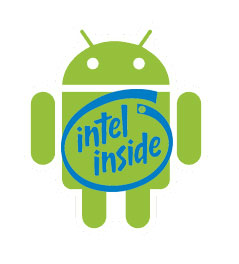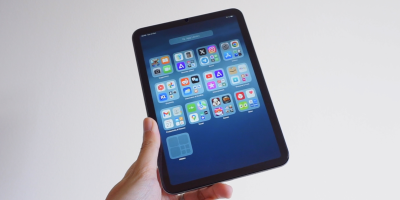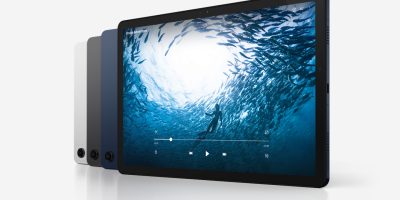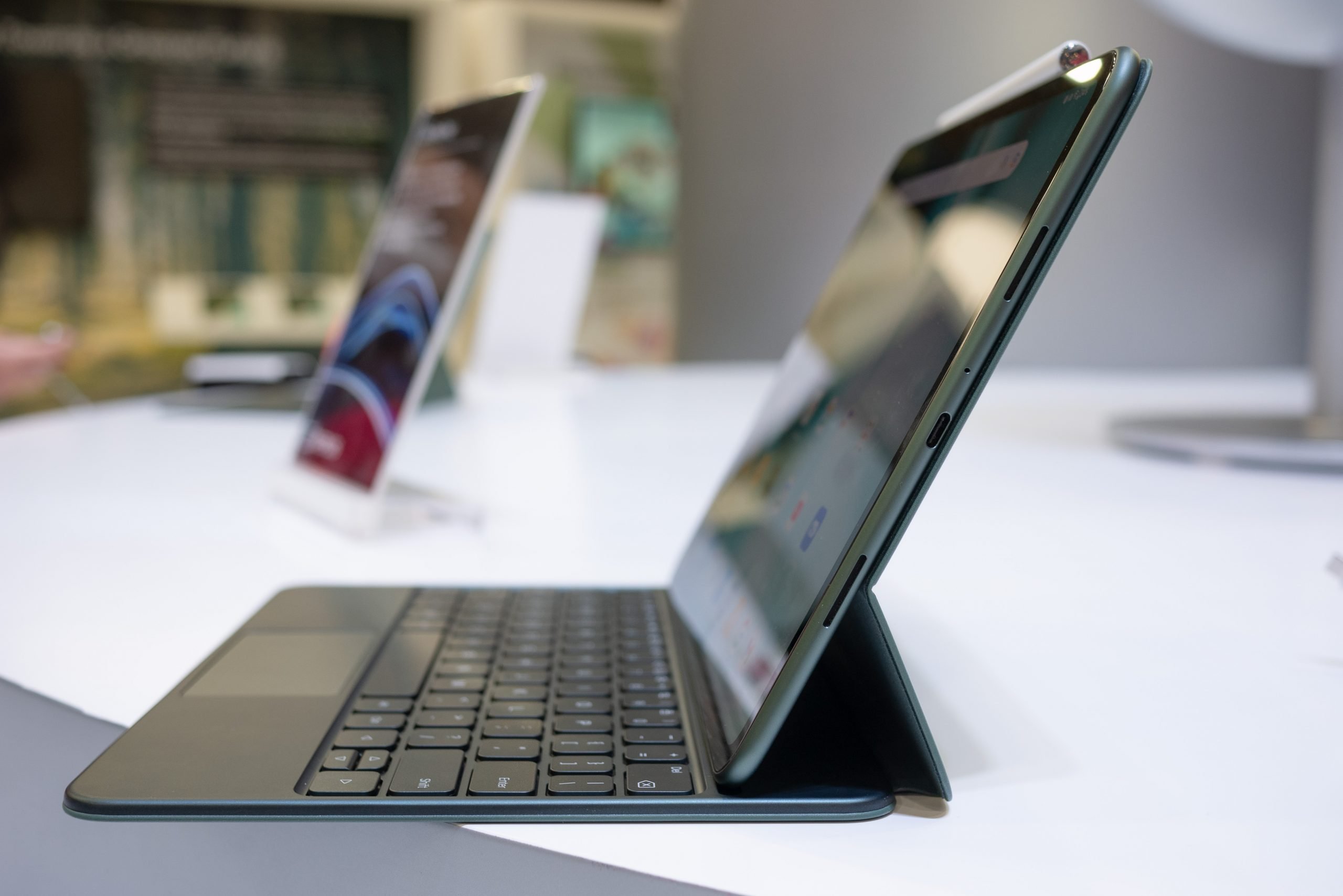
ARM-based processors have dominated the Android landscape over the past few years, but the times they are a-changin’ — to quote Dylan. Intel is looking to make a splash at this year’s CES and they are doing it on one of the biggest stages for consumer technology. All eyes will be on Intel CEO Paul Otellini at 4:30PM Vegas time as the company is set to unveil what appears to be a new Android tablet. The device was cloaked with a curtain on the show floor and any attempts to peek under were quickly thwarted by the folks staffing Intel’s booth. What little information we could pry from a representative has us thinking it could be one of the biggest announcements of the show. We’re feeling a major OEM could be jumping on board, but we could be totally wrong — Intel also showed off Windows-based Atom tablets. Just for fun, what do you all think? Sound off in the poll below.
[polldaddy poll=5829149]









Just blow the lid off things and announce the intel powered google tablet and im set for 2012
Intel is bringing back the Celeron for another round. I knew it.
Likely to be W8. Can’t say the interface looks bad from the few videos I saw a while back. But, will it have the “consumption” support app wise that Android and iOS have (which is crucial for the tablet market)?
Dual booting (windows 8 / Android) Tab???????
A X86 mobile SoC that has low power consumption would be great. ARM architecture will never be able to keep up with the raw computational horsepower of X86. An X86 tablet could mean a device that is more than just a consumption device, but a device powerful enough to replace laptops and be used to create actual work product.
I want a Android tablet that I can program Android Apps on :p
I think ARM could keep up with x86 horsepower if someone wanted to.
Intel doesn’t wave a magic wand over their chips. They merely engineer them with different goals.
If any of the ARM licensees wanted to design ARM chips that could double as a space heater with a fan, draw a lot of power, and run really fast, nobody is stopping them. It has just not yet been an engineering goal for the places where ARM chips have been used.
Once upon a time Apple used Power PC chips. They signed up both IBM and Motorola as chip suppliers. IBM went uphill and Motorola went downhill. Motorola made chips that sipped power, had 50 MHz clock rates, gave off no heat, etc. Meanwhile IBM made high end chips, based on the same instruction set architecture, that were fire breathing monsters. Apple had little choice but to use IBM’s chips, which were not quite a good fit for the desktop, but had been designed for servers.
In a nutshell, any decent instruction set architecture (ARM, x86, etc) can have hardware designed to execute those instructions at different speeds and power/performance tradeoffs. Fabrication process technology is also a factor, but again Intel doesn’t have a magic wand — just the same technology that most everyone else on the globe has.
SPOILER ALERT:
It’s a Lenova made Android tablet running ICS 4.0
http://www.engadget.com/2012/01/10/intel-demos-lenovo-made-medfield-tablet-running-ice-cream-sandwi/